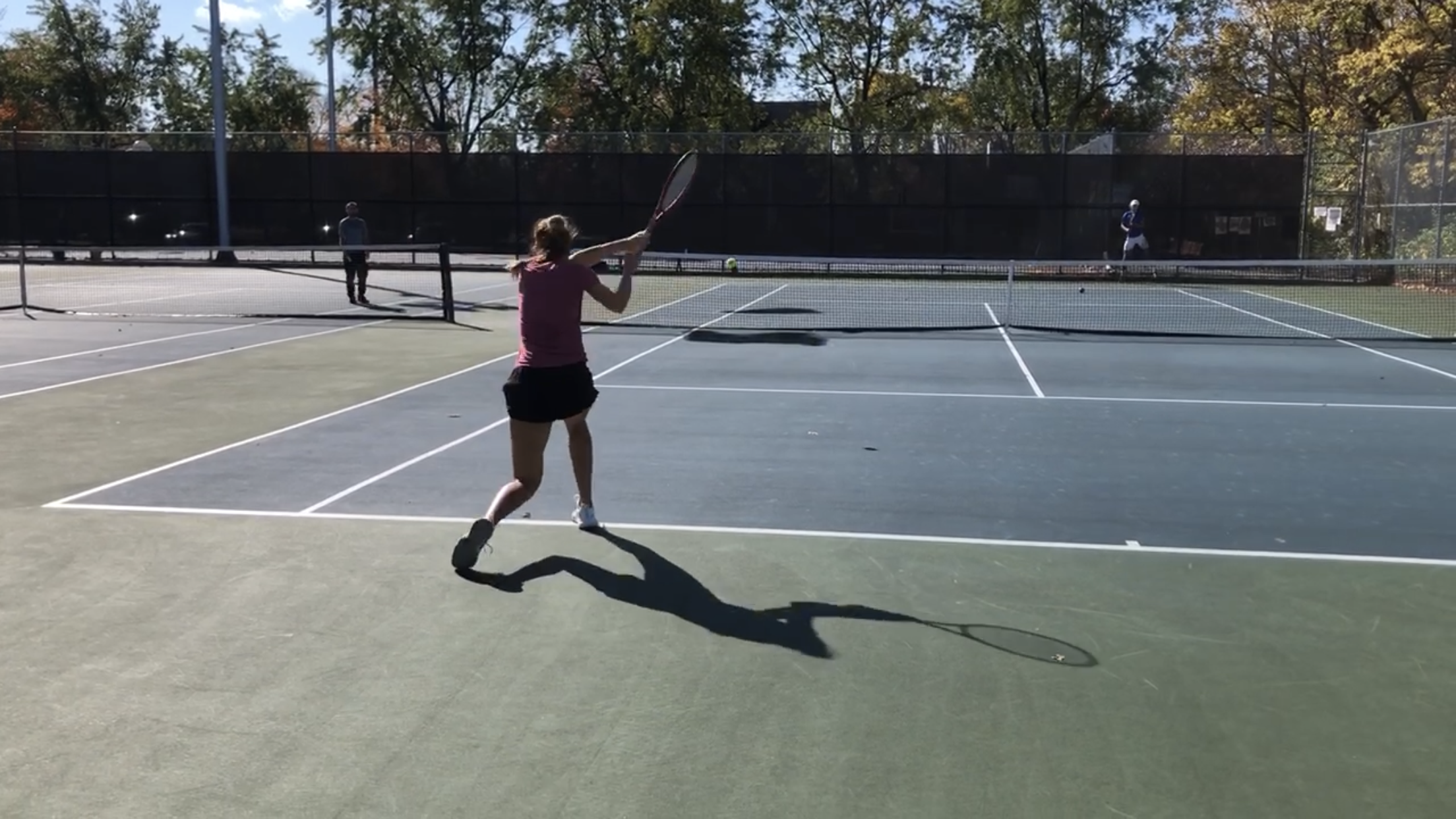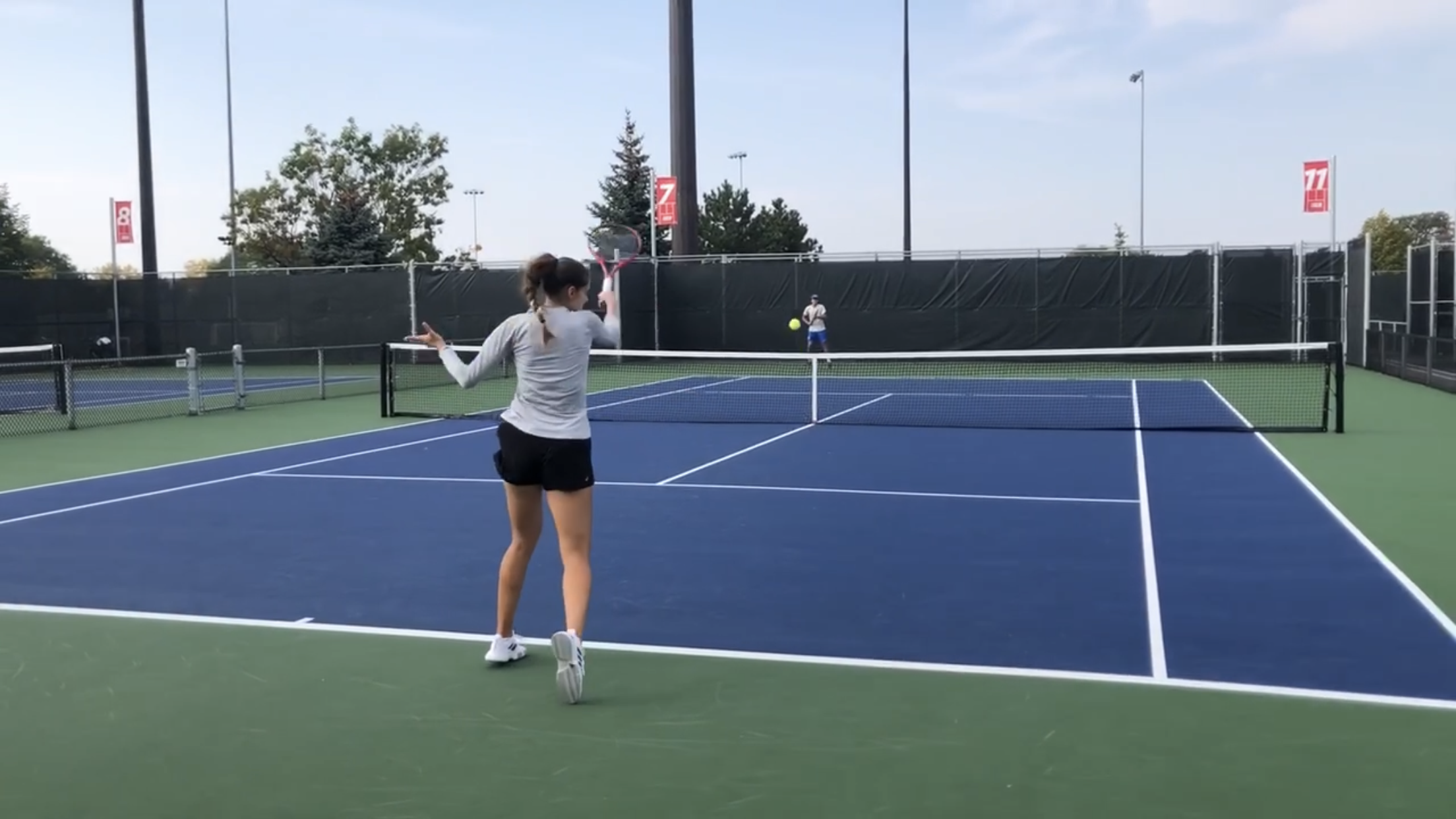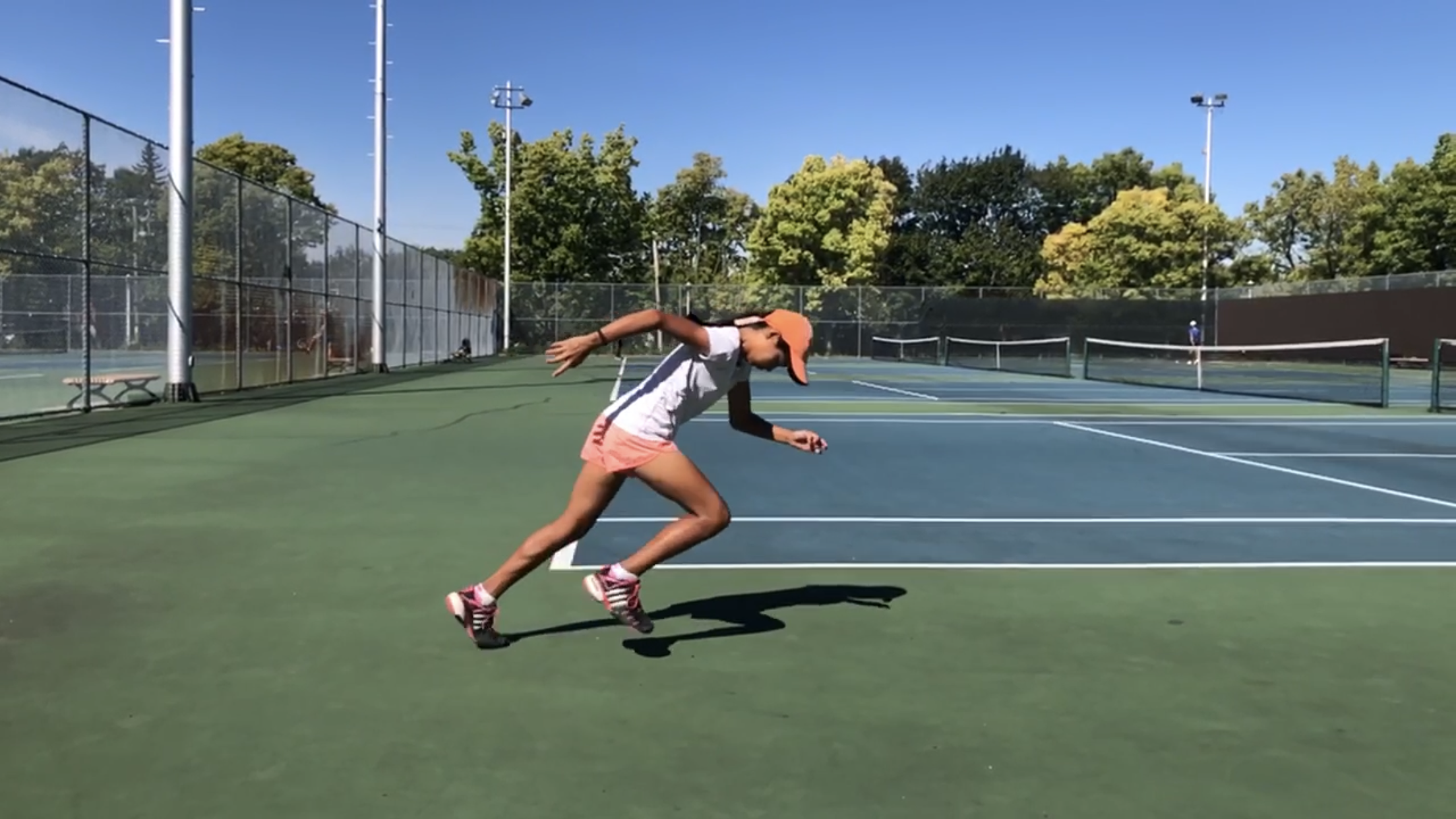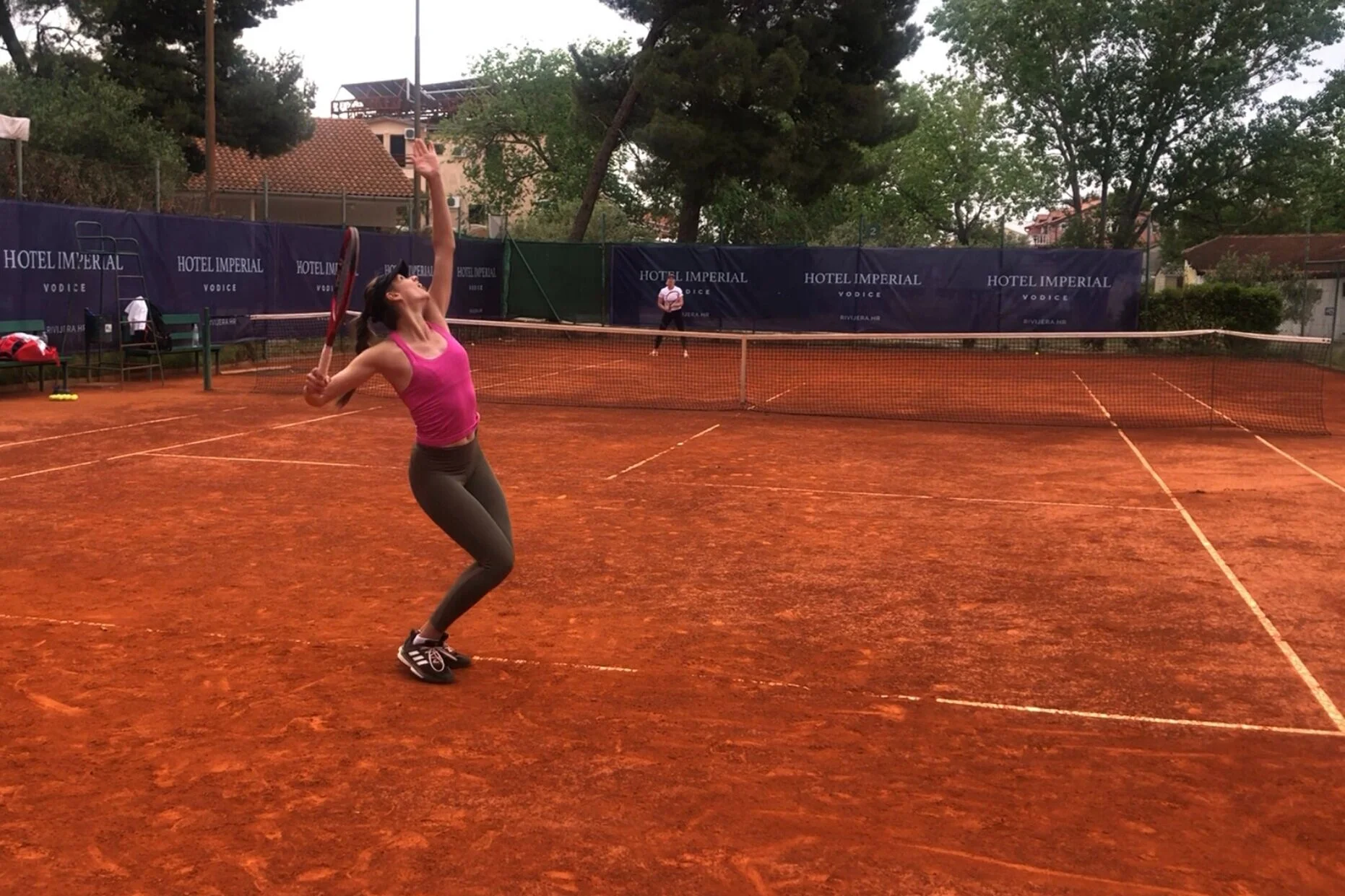If you’ve followed me for some time, you know I’m a big proponent of squatting — and really, any scalable lower-body strength exercise — for tennis players.
That includes both bilateral lifts (like the back and front squats) and unilateral or quasi-unilateral variations such as the split-squat, lunge, and skater squat.
Novak Djokovic is arguably the best tennis player of all time. It’s no secret he possesses an array of talents and skills. From his technique, to his mental toughness and everything in between.
His physical abilities aren’t too shabby either. Flexibility, stamina and movement are merely a few that come to mind.
While Novak is unquestionably a physical specimen, he’s not the fastest tennis player I’ve ever seen. It’s obvious he’s not the strongest. And I’d say he’s probably not one of the most powerful out there either.
There are countless ways that tennis players can get into shape. From running workouts to weight training, on-court drills and more.
All have their pros and cons. And all can be utilized at different times of the year + at different stages of a player’s development.
Recently, plyometric and jump training has resurfaced as a popular training modality amongst tennis players. You’ll see many performing hurdles, line hops and other types of jumping variations.
If you’ve read my blog in the past, you’ve likely seen my post on attentional focus cues - and the research + implementation that goes along with it.
You may have also read my take on the importance of cueing in general. And why the right cue - given at the correct time - is often more impactful than the perfect drill (although combining the right cue with a great drill is a recipe of success).
Whether you’re a tennis player or a tennis coach, if most of your practice time is spent hitting balls from a basket or hand feed, you might need to rethink your strategy.
Before I dive into this argument, let’s set the stage. There are essentially 2 types of practice balls that a player can receive. A live ball and a dead ball.
A lot of instruction in tennis is coach-directed. And a lot of that is simply the addition of information. Whether positive or negative, this often includes verbal feedback, praise and prompting. There’s also non-verbal feedback like gesturing or modeling - in other words, the coach uses a bodily action to demonstrate what they are seeking from the player.
My take on this - it’s critical… but (and it’s a BIG but), it’s overdone….
In this episode, I welcome PhD in Sport Science - Jaime Fernandez - one of the top tennis researchers out there.
Jaime and I tackle a number of sport science topics including best (and easiest) practices for monitoring on-court training loads, where to fit the serve into the practice schedule and what really matters when it comes to keeping the tennis shoulder healthy.
Martin also coaches athletes from other sports and shares his insights on using the Bondarchuk system to classify + organize training, where various tennis activities would fit into this categorization and the how + why behind mircodosing certain workouts.
In this episode, creator of Hmmr Media - Martin Bingisser - joins me to talk about choosing exercises that are the most 'bang for your buck' in terms of training transfer.
As a former hammer throwing athlete (and now coach), Martin has an extensive background in trunk development and describes his approach - using bodyweight, weights and med balls - to target this quality.
Martin also coaches athletes from other sports and shares his insights on using the Bondarchuk system to classify + organize training, where various tennis activities would fit into this categorization and the how + why behind mircodosing certain workouts.
IWhat is coordination? What are the fundamental movements young players need to lay the foundation for future athletic + sporting success?
In this episode, my good friend and colleague Howard Green joins the show to tackle all these topics and more. Howard is the creator of 'Supermovers' - a program dedicated to the development of movement skills in under 12 athletes.
Is it really your strokes that are holding you back from your best tennis? In this episode, Tennis Canada Level 4 coach Wayne Elderton joins the show and dives deep into ‘model’ vs ‘game-based’ coaching - and why a game-based or 'tactical' approach to coaching is more effective & efficient when it comes to learning.
Coach Pfaff has been a direct mentor of mine for the last 6 years. I've learned more through his apprenticeship than any course, book or research article. With over 40 years of coaching experience, coach Pfaff has been through it all - in the trenches with world-class sprinters, consulting to ATP, WTA, NFL, NHL pro teams and today, he leads the ALTIS elite mentorship program.
We all use jumping in our training programs. But not all types of jumps are plyometric (and when it comes to improvements in elasticity & reactiveness, those details matter).
In this pilot episode, PhD candidate in plyometrics - Matt McInnes Watson - dives into what plyos are and what they aren't.
Beware, if you read this post, your ideas surrounding tournament preparation might be turned upside down.
You see, there are several strategies employed by top athletes (and tennis players), in order to maximize their performance when they need it most. For tennis, that means tournament time.
In this article, I will highlight 3 of them. When implemented appropriately, they can be powerful.
At the time, I was deeply immersing myself in topics related to motor learning - and experimenting with this player in particular (he was quite open to new ideas).
One area that stood out to me was the topic of feedback - and its impact on learning.
Before we dive into this post, understand that playing tennis actually improves the stretch-shortening cycle (SSC). In essence, there are many ‘sister’ and ‘brother’ movements in tennis that utilize the SSC.
There are no shortages of training videos these days. Just open your Instagram or Facebook app and within seconds you’ll be inundated with more drills than you know what to do with.
The question is, will these drills help your tennis?
Tennis is a sport where players aren’t reaching top running speeds very often, if ever. Most movements in tennis are short in both duration and distance. Some older stats point towards 3 metres as being the average distance a player moves during each shot. But averages don’t really tell us the whole story.
Despite that, I always urge coaches and players to make sure there’s enough speed and acceleration training in their programs. Read More…
One of those ways is to use med balls for non-throwing scenarios. I know, for the most part, med balls are used for throwing purposes (and made for this reason as well). Throwing allows us to have a shorter deceleration phase and extend the propulsion phase - akin to doing a jump squat instead of a barbell squat for the development of lower-body power.
What does the typical practice in tennis look like? If you’re someone that’s been around the game for many years, it probably follows a pretty similar structure - mini-tennis, groundstrokes, volleys/overheads and lastly, serves and returns.
But what if a player’s priority is to improve the serve? Does it make sense to hit for an hour (or like in many tennis settings, beyond an hour) prior to serving?
Back in 2017, I wrote an article about plyometric training. The aim of that post was to introduce plyos, outline the mechanisms at play and to showcase their relevance to tennis performance (from both a research and practical perspective).
That article was a good starting point. It highlighted the diversity that exists when we look at tennis movement...and how plyos, because of their versatility - ie. they can be performed in a multitude of directions, velocities, amplitudes etc - might very well be the most important ingredient when it comes to better on-court movement.

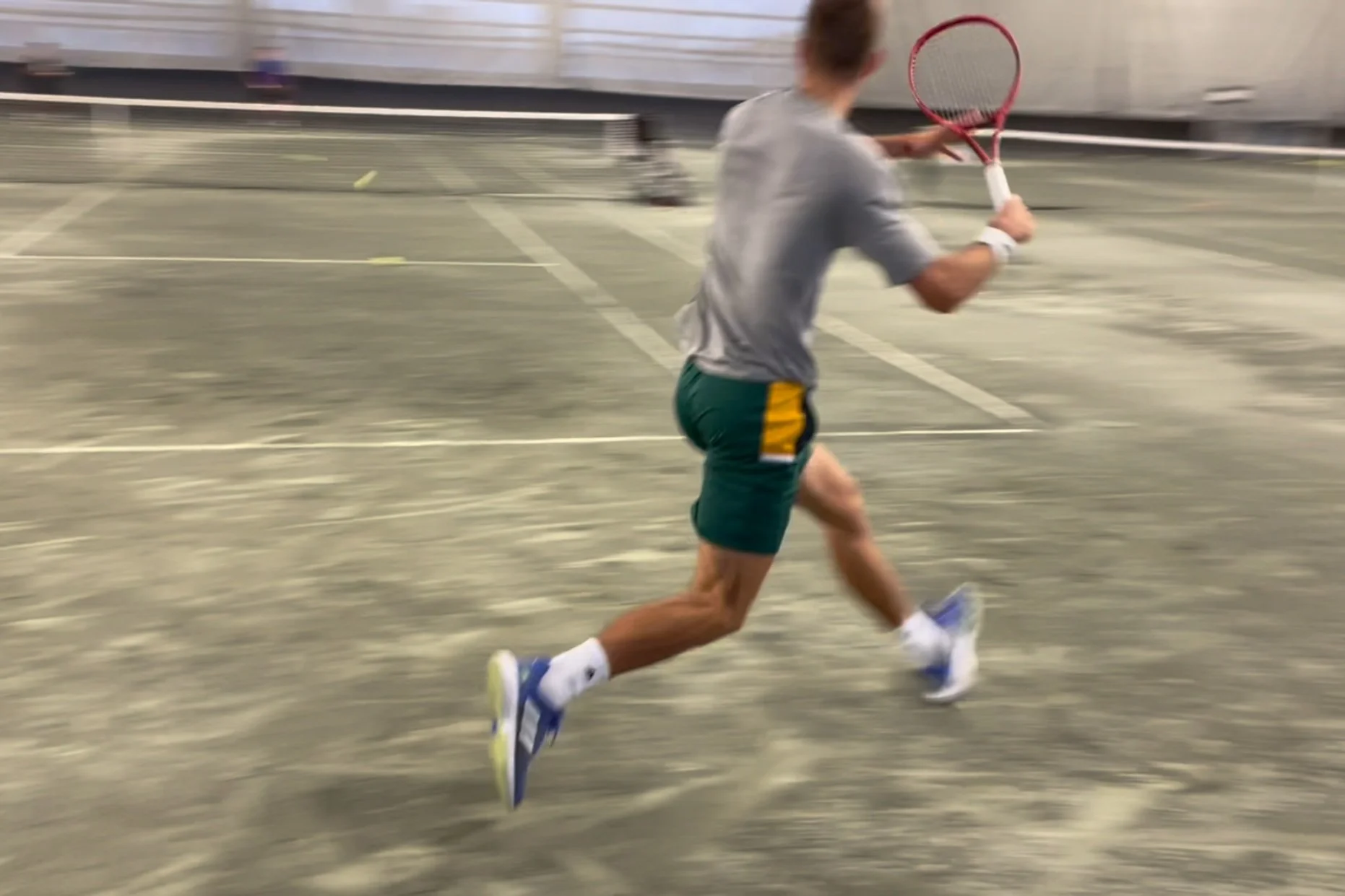

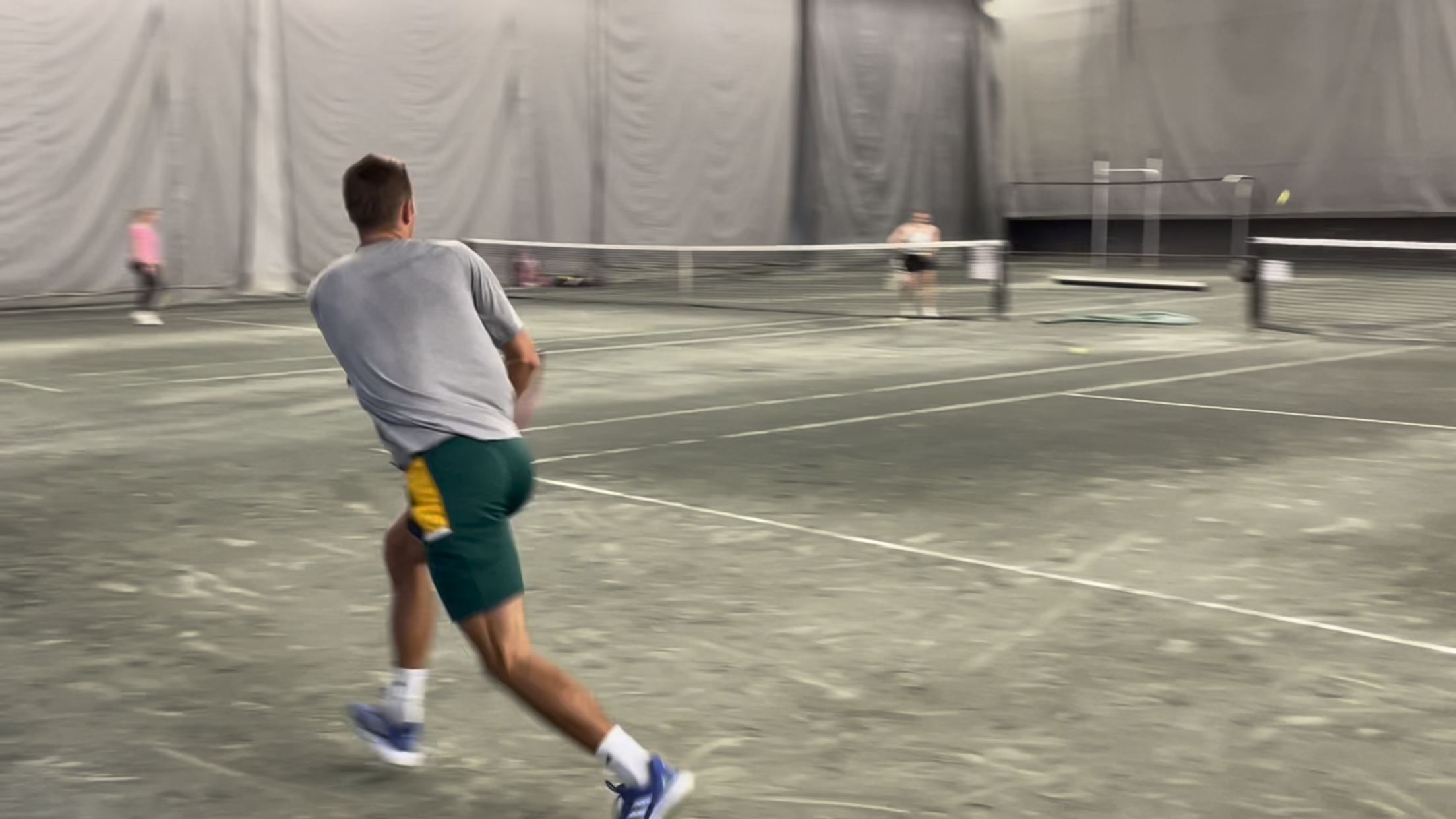
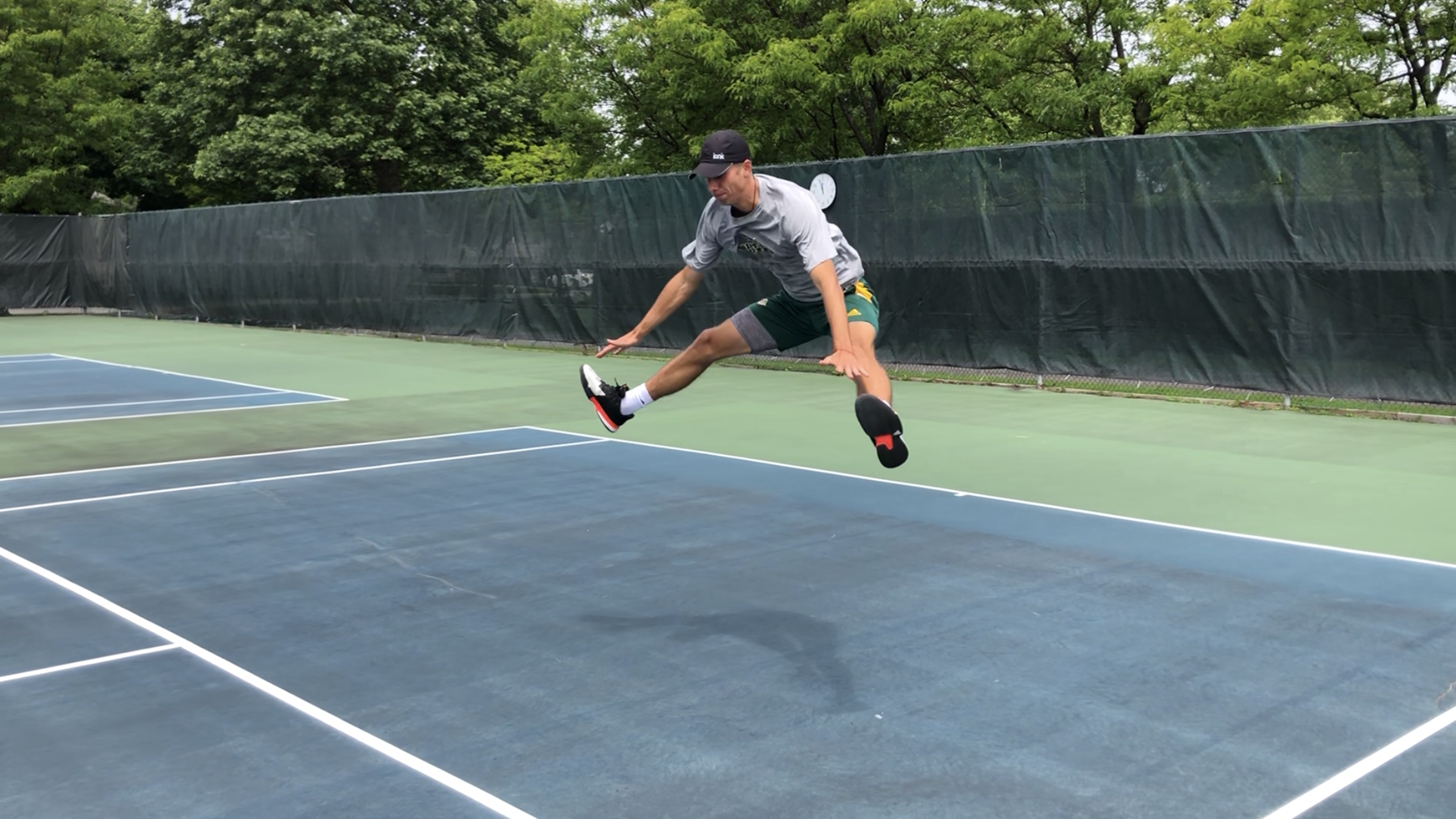

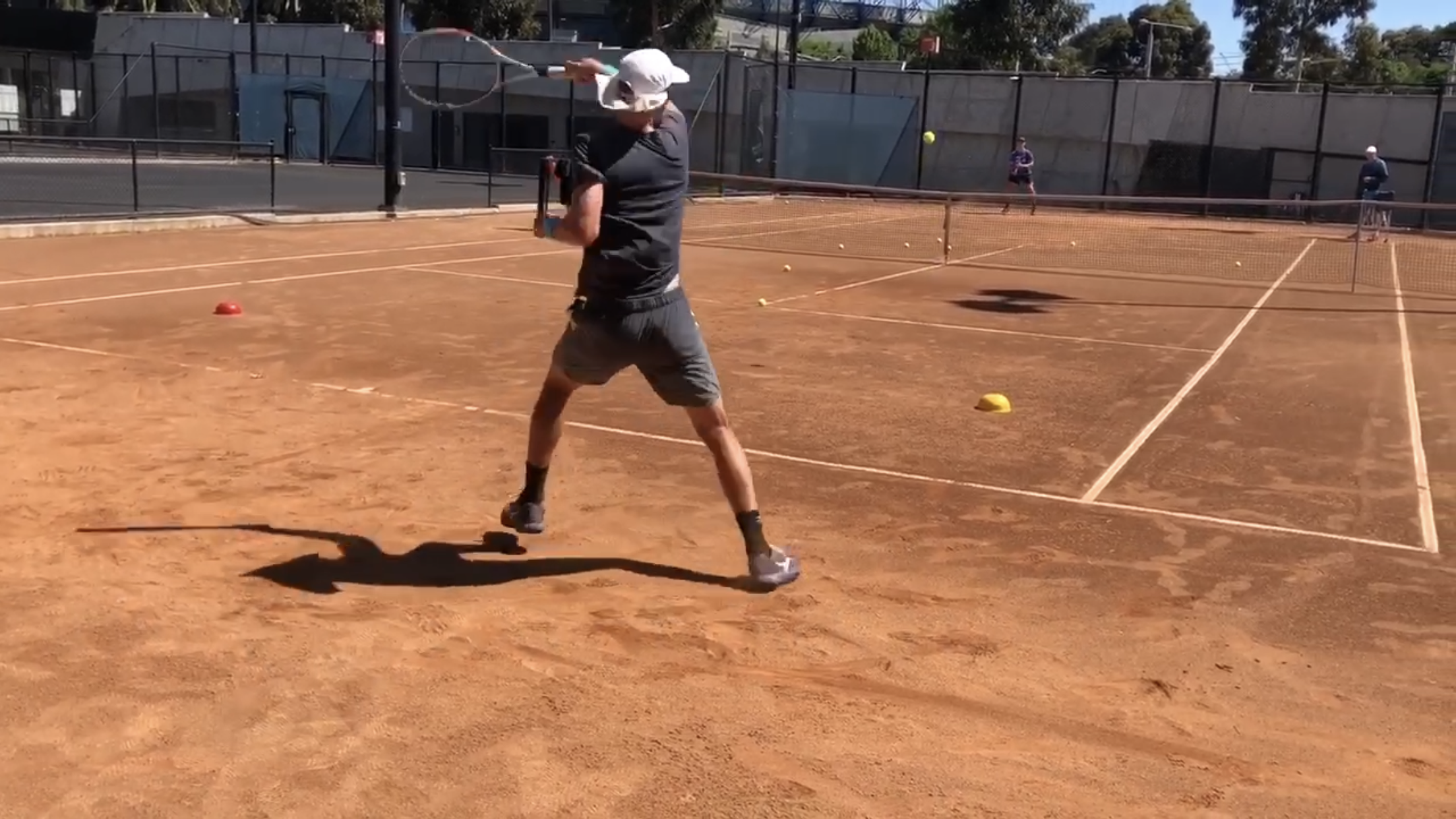

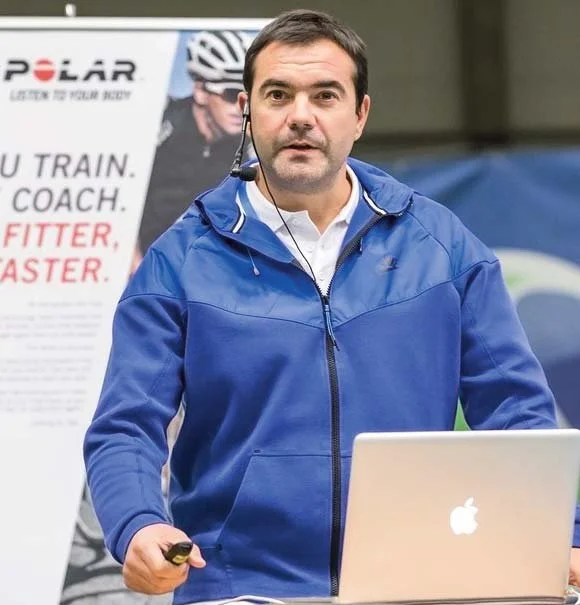
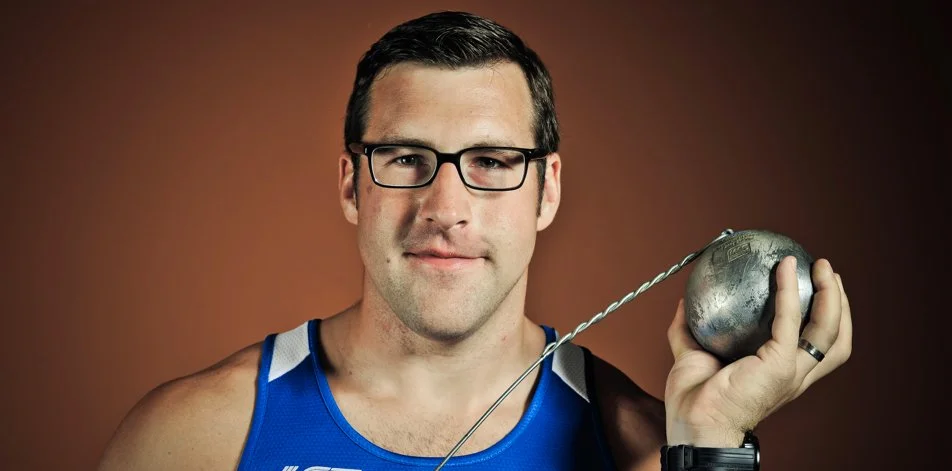

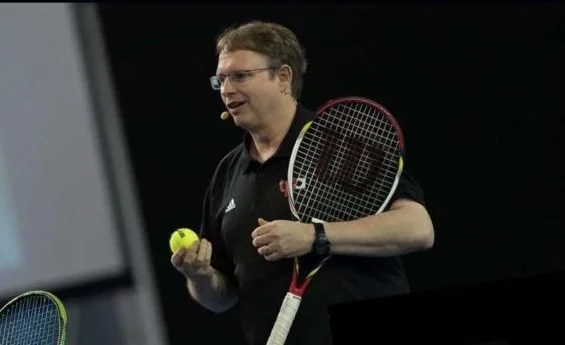
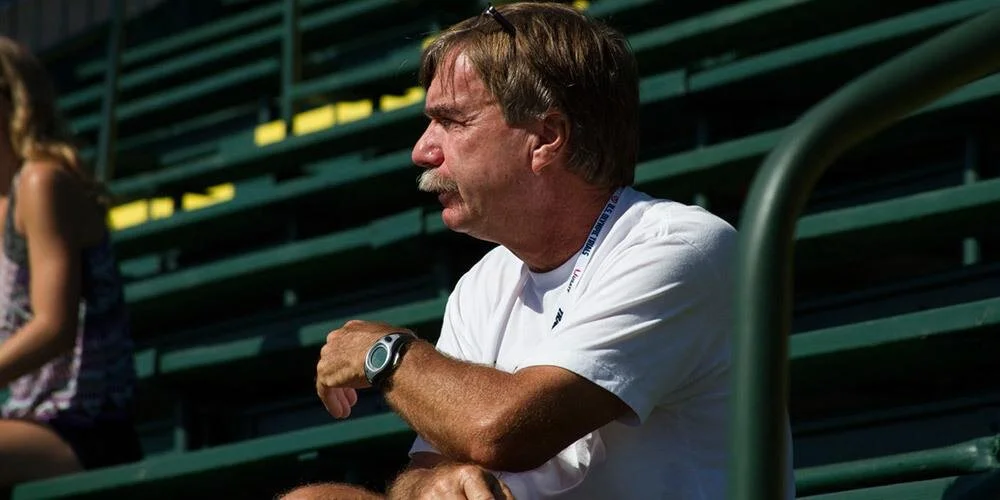
![Plyometric Training: What It Is and What It Isn't w/ Matt McInnes Watson [Podcast]](https://images.squarespace-cdn.com/content/v1/542e007be4b08e60716458a7/1633032144170-UW5QAV449DF9W0I9RNNQ/mmw1.png)
